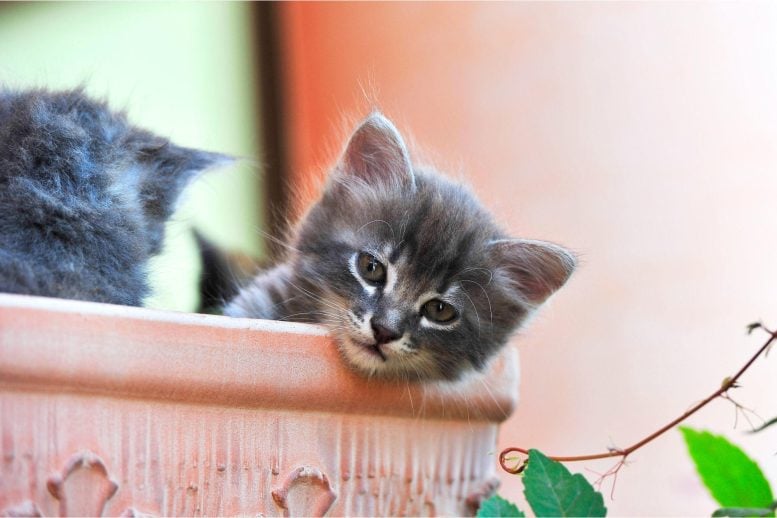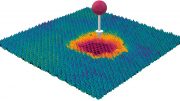
Cats were once believed to produce purrs through cyclic contractions of vocal fold muscles, but a recent study suggests no such contractions are needed. Anatomical studies found a unique pad in cat vocal folds enabling them to produce low frequencies, prompting questions about our current understanding of cat purring.
A cat’s larynx can generate purring sounds without cyclical neural input.
Cats are vocal creatures: they meow, screech, and purr. From a voice production point of view, the meows and the screeches are not special. Their sound is generated in the cat’s larynx or “voice box” just like vocalization in humans and many other mammals.
In contrast, cat purrs were long believed to be exceptional. Research dating back half a century suggests that the purrs are produced by a special mechanism – through cyclical contraction and relaxation of the muscles in the vocal folds within the larynx, requiring constant neural input and control from the brain.
Unveiling the purring mechanism
A recent study, led by Austrian voice scientist Christian T. Herbst at the University of Vienna, now demonstrates that these cyclic muscle contractions are not needed to generate cat purrs.
Data from a controlled laboratory experiment shows that the domestic cat larynx can produce impressively low-pitched sounds at purring frequencies without any cyclical neural input or repetitive muscle contractions being needed. The observed sound production mechanism is strikingly similar to human “creaky voice” or “vocal fry”.
“Anatomical investigations revealed a unique ‘pad’ within the cats’ vocal folds that may explain how such a small animal, weighing only a few kilograms, can regularly produce sounds at those incredibly low frequencies (20-30 Hz, or cycles per second) – far below even than lowest bass sounds produced by human voices,” says Herbst.
The study’s findings – while not constituting an outright falsification of the previous theory – are a clear indicator that the current understanding of cat purring is incomplete, and warrants further research.
Reference: “Domestic cat larynges can produce purring frequencies without neural input” by Christian T. Herbst, Tamara Prigge, Maxime Garcia, Vit Hampala, Riccardo Hofer, Gerald E. Weissengruber, Jan G. Svec and W. Tecumseh Fitch, 3 October 2023, Current Biology.
DOI: 10.1016/j.cub.2023.09.014









I suppose I could have guessed that it doesn’t require constant input because you can pet a cat while it’s sleeping and it won’t wake up but it will purr.